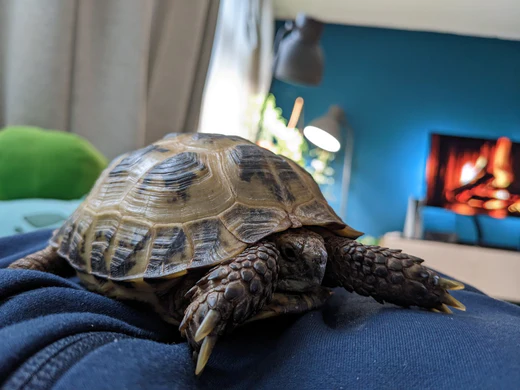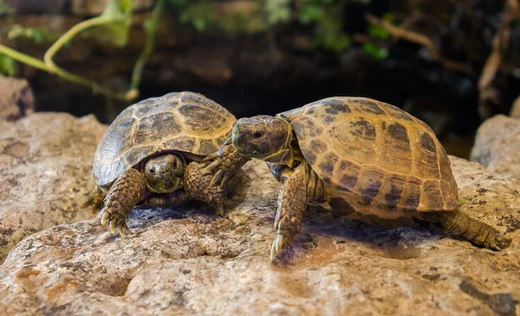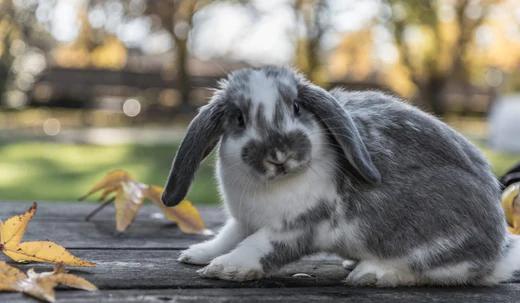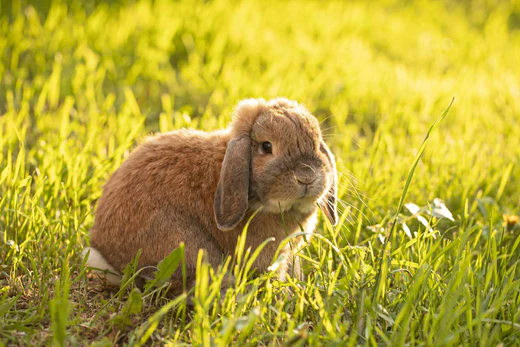The Key to a Healthy Russian Tortoise: Proper Care
The Russian Tortoise, also known as the Horsfield’s Tortoise, is a popular pet species that is known for its hardiness and ease of care. These tortoises are native to the steppes of Central Asia, and are well-suited for life in a dry, warm climate. If you’re considering keeping a Russian Tortoise as a pet, it’s important to understand their specific care requirements to ensure that they stay healthy and happy.
Habitat: Russian Tortoises do best in outdoor environments, where they can bask in the sun and burrow in the ground to regulate their body temperature. A suitable outdoor enclosure should be at least 4 square meters, with walls that are at least 60cm tall to prevent escape. The enclosure should include a hiding spot, such as a pile of rocks or a wooden box, where the tortoise can retreat when it feels threatened. Additionally, a shallow dish of water should be provided for drinking and soaking.
Diet: Russian Tortoises have a herbivorous diet, and require a high fiber and low protein diet to stay healthy. Fresh vegetables and fruits should be offered regularly, including leafy greens such as kale, collard greens, and turnip greens, as well as vegetables such as carrots, squash, and sweet potatoes. Commercial tortoise food, such as Mazuri Tortoise Diet or Rep-Cal Tortoise Food, can be offered as a supplement. It’s important to avoid feeding the tortoise high protein foods, such as dog food, cat food, or meat, as this can lead to health problems.
Lighting: Russian Tortoises require access to natural sunlight or full-spectrum UVB lighting to stay healthy. UVB lighting is essential for the synthesis of vitamin D3, which is necessary for the proper metabolism of calcium. If the tortoise is kept indoors, a UVB bulb should be provided for at least 8 hours each day. If the tortoise is kept outdoors, it should be provided with a shaded area where it can retreat from the sun if necessary.
Temperature: Russian Tortoises are native to a warm, arid environment, and require temperatures in the range of 25-30°C during the day and no lower than 20°C at night. If the tortoise is kept indoors, a heat lamp should be provided to maintain the appropriate temperature. If the tortoise is kept outdoors, it should be provided with a warm, sunny area where it can bask.
Handling: Russian Tortoises are generally docile and easy to handle, but it’s important to handle them carefully to avoid injury. When picking up the tortoise, it’s best to support its body from below, using both hands to hold its shell. Avoid picking up the tortoise by its tail, legs, or head, as this can cause injury. Additionally, it’s important to be mindful of the tortoise’s sharp claws, which can cause scratches if handled improperly.
In conclusion, the Russian Tortoise is a hardy and easy-to-care-for pet species that is well-suited to life in a warm, dry environment. With proper care, these tortoises can live for 50-80+ years or more. By providing a suitable habitat, a balanced diet, and proper lighting and temperature, you can ensure that your Russian Tortoise stays healthy and happy for years to come.







Start the discussion at forum.thepetinfohub.com